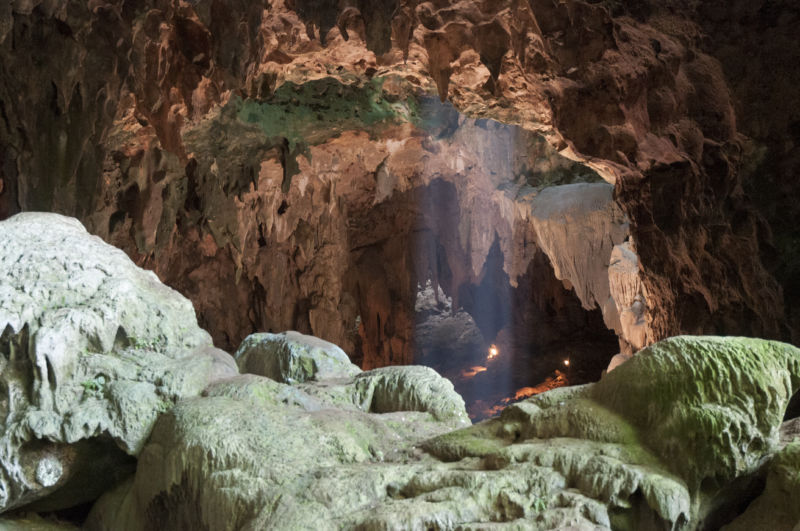Meet your long-lost distant cousin, Homo luzonensis
Ars Technica » Scientific Method 2019-04-10

Enlarge / Callao Cave in northern Luzon, where the fossils were found. (credit: Detroit et al. 2019)
Our picture of hominin evolution in Asia just got more complicated, thanks to the discovery of a previously unknown hominin species on the island of Luzon in the Philippines. The new species, Homo luzonensis, lived at around the same time as the “Hobbits” of nearby Flores (Homo floresiensis).
The two species share a mix of modern and older traits. Homo luzonensis’ teeth look like those of more recent members of our genus, Homo, but the hand and foot bones look more like they could have belonged to an Australopithecine—an early human relative that evolved around 3 million years ago and spent as much time in the trees as on the ground, a group that includes the famous skeleton named Lucy.
The combination didn’t look like any other species anthropologists had seen before.